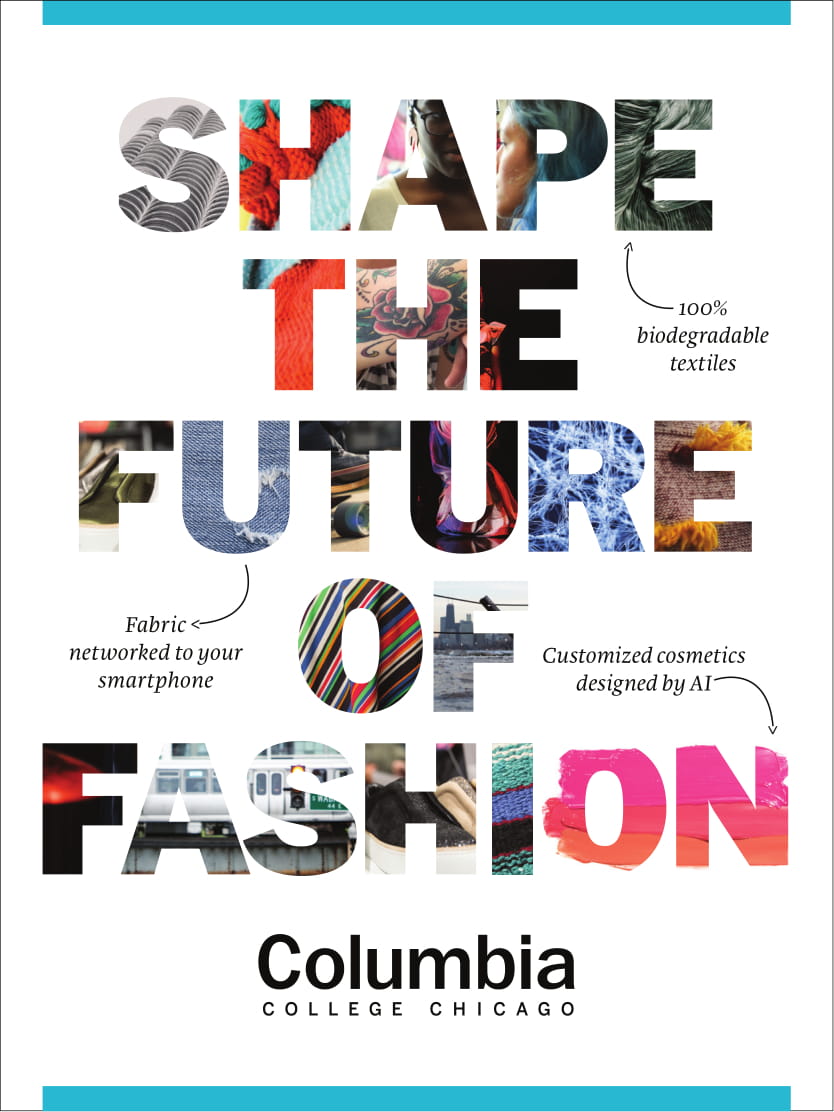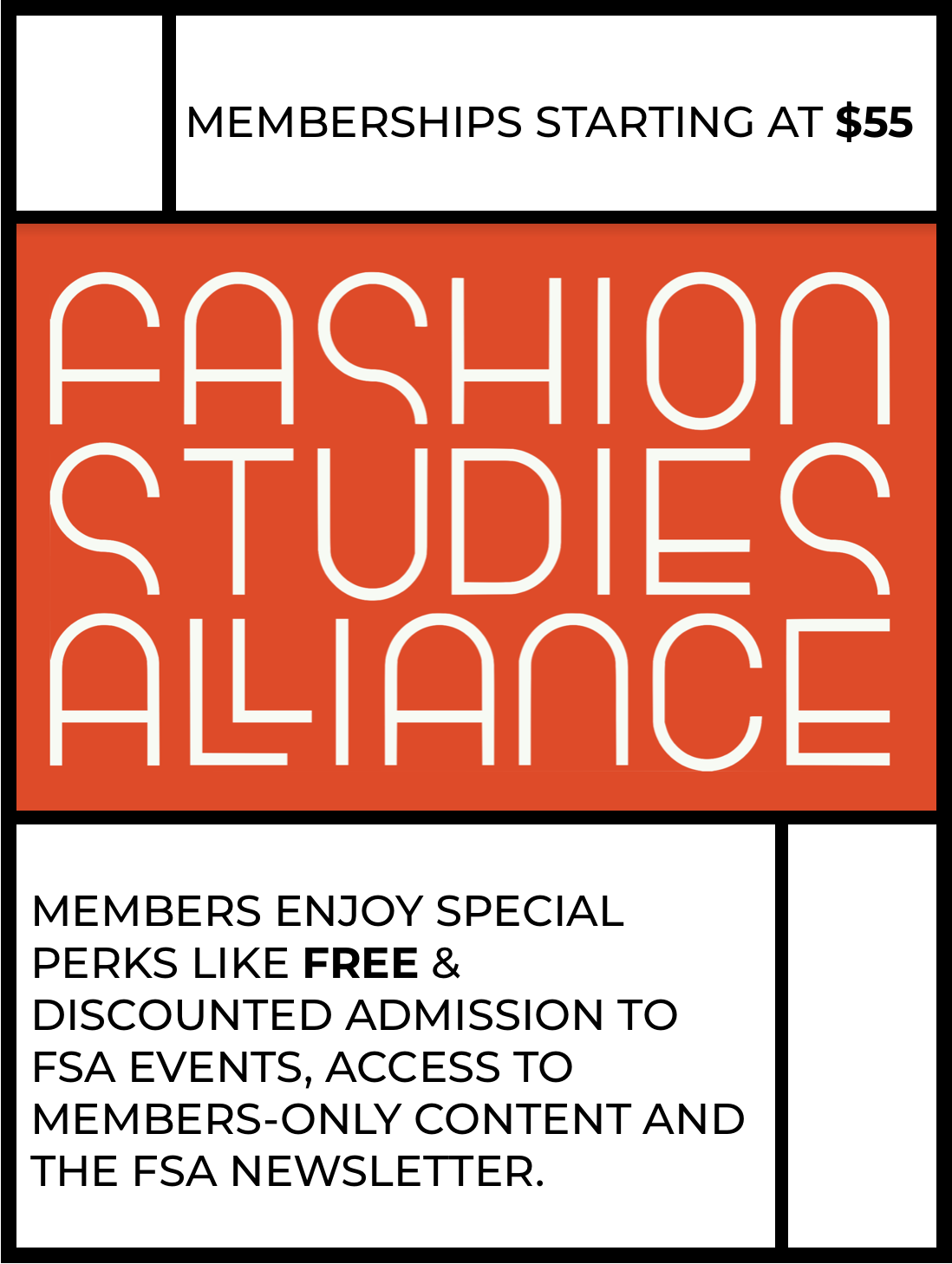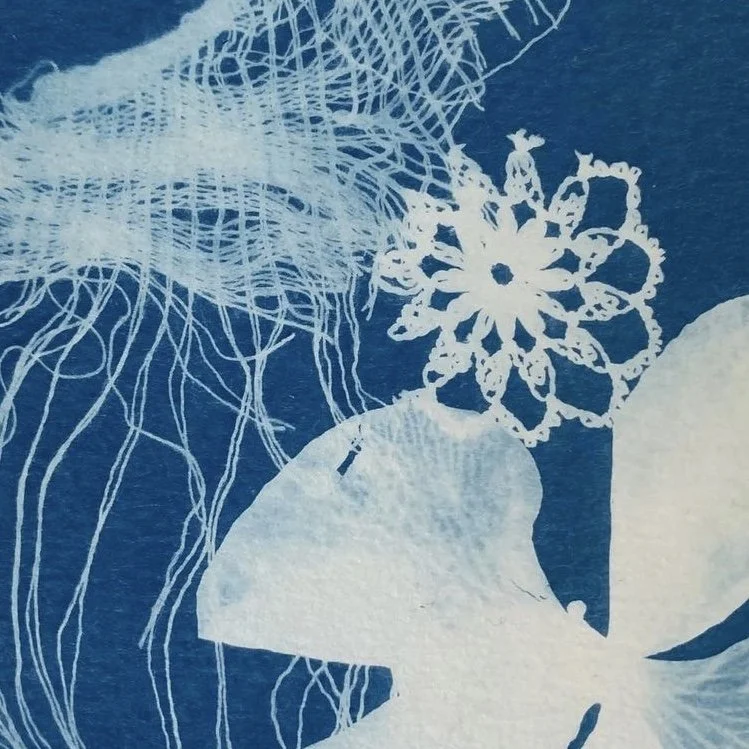“Collaborations have the potential to break boundaries and let newcomers in (as opposed to having the same white, European male designers shuffle throughout the major legacy houses).” Julia Brucculieri reflects on the role of collaboration within the luxury fashion industry.
University of Minnesota design researchers, in partnership with East African community members in Minneapolis, initiated a design project through which middle and high school girls engaged in the creation of culturally appropriate, modest athleticwear to facilitate their full participation in basketball and other sports.
FSJ goes to Milan Bridal Fashion Week.
An archival dive into the creative and business partnership of Mariano and Henriette Fortuny, emphasizing the undersung role of Henriette in the design of the iconic Delphos gown in particular.
Charlie Engman is a photographer, visual artist, and currently the creative director of the fashion brand Collina Strada. One of his most fruitful artistic collaborations has been with his mother, Kathleen, a model for many of his fashion images.
South Asian Muslim American women balance modesty, cultural belonging, and fashion in negotiating their dress practices. Through clothing and accessories, they build personal and group identities that reflect the multivalent realities of their lives. This ethnographic study of SAMA women in Chicago lovingly shares stories of dress as self-actualization embedded in community.
For women in Renaissance Italy, needlework was a very important practice; it was the peak of virtue in household responsibilities. Louisa Hunt explores and experiments with the long history of embroidery in historic Italian communities.
From teen revolutionaries in early 1900s Tsarist Russia to New York lingerie millionaires, Ida and William Rosenthal nurtured a business and personal partnership that surfed the waves of 20th-century American fashion.
Professor Katherine May and her students begin asking questions, sometimes difficult and deep, about undoing the fashion system while “unpicking” clothing and remaking it into something new.
This ongoing research project explores fashion as a collective practice, focusing on making and wearing clothes together. The essential tool of the project is an open source modular clothing system that consists of four different shapes: top (J), sleeve (O), trouser leg (I), or part of a skirt (N).













